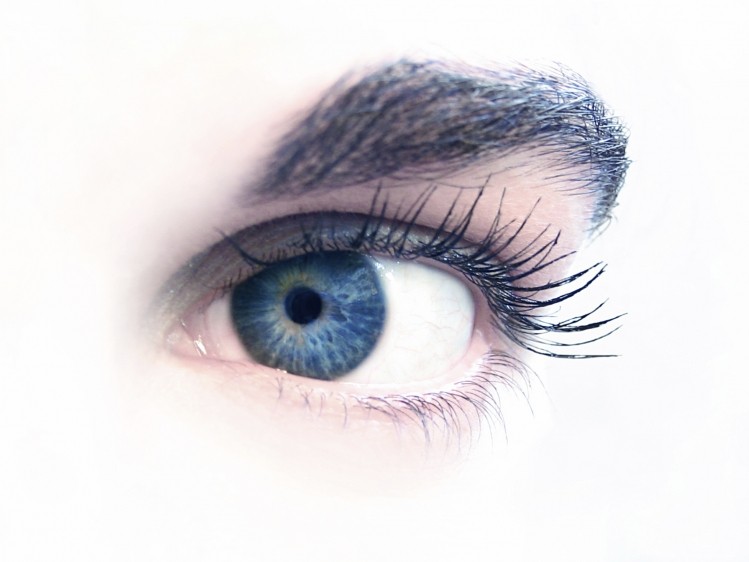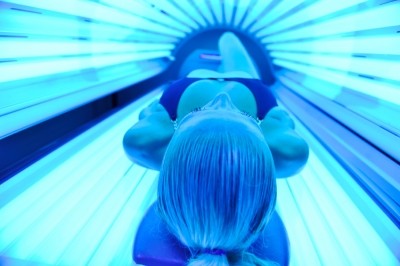SCCS rules concentration of 10% for UV filter in sunscreens

The European Committee ruled that the substance does not pose any risk of systemic toxicity in humans at a concentration up to 10%, but does not cover the safety evaluation of the substance in its nanoform.
The ruling also does not apply to inhalation exposure, due to what the Committee says is due to a lack of data, noting that any new evidence on the dermal absorption potential of the substance in human skin may trigger its reassessment.
Assessment of tris-biphenyl triazine
The SCCS also recently assessed nano UV filter tris-biphenyl triazine and concluded that at a use of 10% as a UV-filter in cosmetic products, it can be considered safe for dermal application.
However, the Committee stated that there was too much uncertainty to conclude about the safe use of the substance in spray applications, due to concerns over possible inhalation exposure.
"Spray products containing tris-biphenyl triazine cannot be recommended until additional information on safety after repeated inhalation is provided."
Speaking of nano ...
The European Commission recently agreed to hold a meeting to allow member states and other interested parties to see and discuss options for regulating nanomaterials.
Officials have confirmed that the meeting will be held over the summer where they plan to reveal nanomaterial regulations drawn up by its different departments.
The news has been a long time coming for the industry as the Committee had initially promised to present final proposals for amending REACH’s annexes to take better account of nanomaterials back in October, and then again in time for a stakeholder meeting last week which was also missed.
The options currently being considered include impact assessment, recommendations on best practice for member states wanting to establish national registers, an EU observatory drawing publicly available information from other sources and two types of registry.
A proposal on the impact assessment should be ready by early 2015.






















